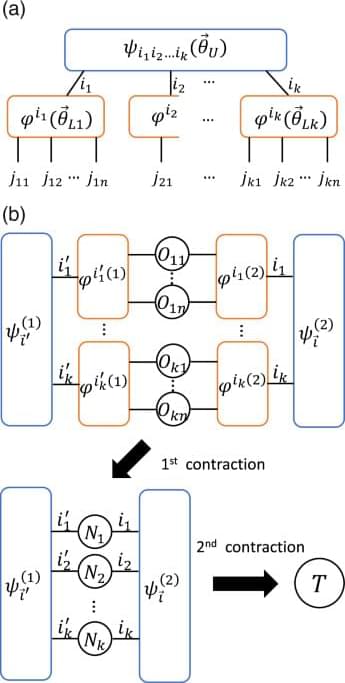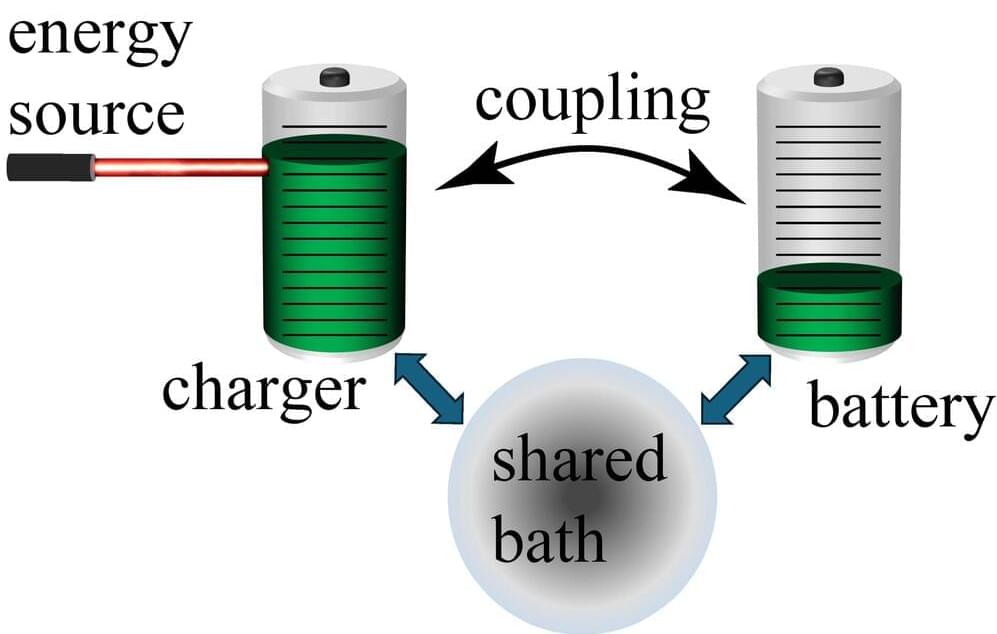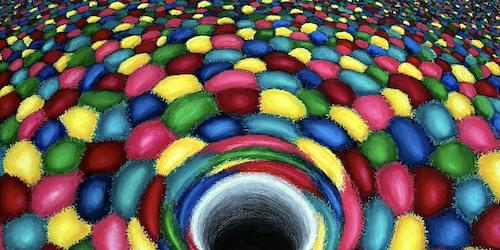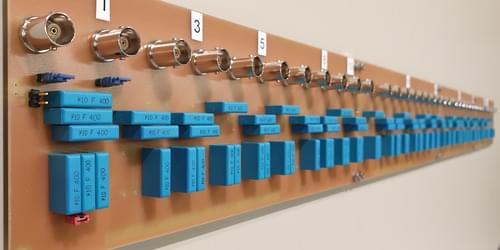Kanno, S., Nakamura, H., Kobayashi, T. et al. npj Quantum Inf 10, 56 (2024). https://doi.org/10.1038/s41534-024-00851-8


Kanno, S., Nakamura, H., Kobayashi, T. et al. npj Quantum Inf 10, 56 (2024). https://doi.org/10.1038/s41534-024-00851-8

In physics, nonreciprocity occurs when a system’s response varies depending on the direction in which waves or signals are propagating within it. This asymmetry arises from a break in so-called time-reversal symmetry, which essentially means that a system’s processes observed as they evolve over time will be different compared to those processes observed on rewind.
The bestselling author of Seven Brief Lessons on Physics introduces the mysteries of time, further explored in his new book, The Order of Time.
Time is a mystery that does not cease to puzzle us. Philosophers, artists and poets have long explored its meaning while scientists have found that its structure is different from the simple idea we have of it. From Einstein to quantum theory and beyond, our understanding of time has been undergoing radical transformations. Time flows at a different speed in different places, the past and the future differ far less than we might think, and the very notion of the present evaporates in the vast universe.
The Order of Time will be available in hardback and in audiobook read by Benedict Cumberbatch on April 26th 2018
Pre-order now: https://amzn.to/2vaq6cw.
View a trailer for the book, featuring Benedict Cumberbatch: • Benedict Cumberbatch on The Order of…
Director: ed fenwick. interviewer: sam voulters
Theoretical physicist known for his work on quantum gravity. He has worked at the Università la Sapienza of Rome, Imperial College London, the University of Pittsburgh and Yale University in the United States. He is a Full Professor at the Aix-Marseille Université in the Centre de Physique, Senior Member of the Institut Universitaire de France, the International Academy of Philosophy of Science, and Honorary Professor at Beijing Normal University. He has dedicated particular attention to the philosophy and history of ancient science and has recently completed a book on the Greek philosopher Anaximander “What is Science?” Mondadori 2011. He collaborates with the Sole 24 Ore and La Repubblica. (www.cpt.univ-mrs.fr/) In the spirit of ideas worth spreading, TEDx is a program of local, self-organized events that bring people together to share a TED-like experience. At a TEDx event, TEDTalks video and live speakers combine to spark deep discussion and connection in a small group. These local, self-organized events are branded TEDx, where x = independently organized TED event. The TED Conference provides general guidance for the TEDx program, but individual TEDx events are self-organized.* (*Subject to certain rules and regulations)


Primordial black holes (PBHs)—hypothetical objects formed by the gravitational collapse of dense regions in the early Universe—have been invoked as dark-matter candidates. But for PBHs to constitute all dark matter, they’d have to be extremely light, possibly weighing less than small asteroids. Now Elba Alonso-Monsalve and David Kaiser of the Massachusetts Institute of Technology show that these diminutive PBHs could possess an exotic property—a net color charge (such a charge characterizes quarks and gluons in quantum chromodynamics theory) [1]. Such color-charged PBHs might have left potentially observable signatures, says Kaiser.
Observations rule out that stellar-mass PBHs could fully explain dark matter, but PBHs weighing between 1017 and 1022 g remain viable candidates. Since a PBH’s mass should relate to its age, this mass range corresponds to PBH formation immediately after the big bang, when the Universe was still a hot plasma of unconfined quarks and gluons. Most PBHs would have formed by engulfing large numbers of quarks and gluons having a distribution of color charges. These PBHs would be color-charge neutral and sufficiently massive to live until today. However, the duo’s calculations show that a few PBHs could have formed from regions so tiny that the charges of the absorbed gluons would be correlated, giving these PBHs a net charge.
Color-charged black holes have long been considered to be mathematically possible, but the new study is the first to propose a realistic formation mechanism, says Kaiser. The small sizes imply that they would have since evaporated. Yet their presence in the early Universe might have disrupted the distribution of protons and neutrons when the big bang created the first nuclear isotopes, leaving subtle traces in the cosmic abundance of the elements.

When element 61, also known as promethium, was first isolated by scientists at the Department of Energy’s Oak Ridge National Laboratory in 1945, it completed the series of chemical elements known as lanthanides. However, aspects of the element’s exact chemical nature have remained a mystery until last year, when a team of scientists from ORNL and the National Institute of Standards and Technology used a combination of experimentation and computer simulation to purify the promethium radionuclide and synthesize a coordination complex that was characterized for the first time. The results of their work were recently published in Nature.
